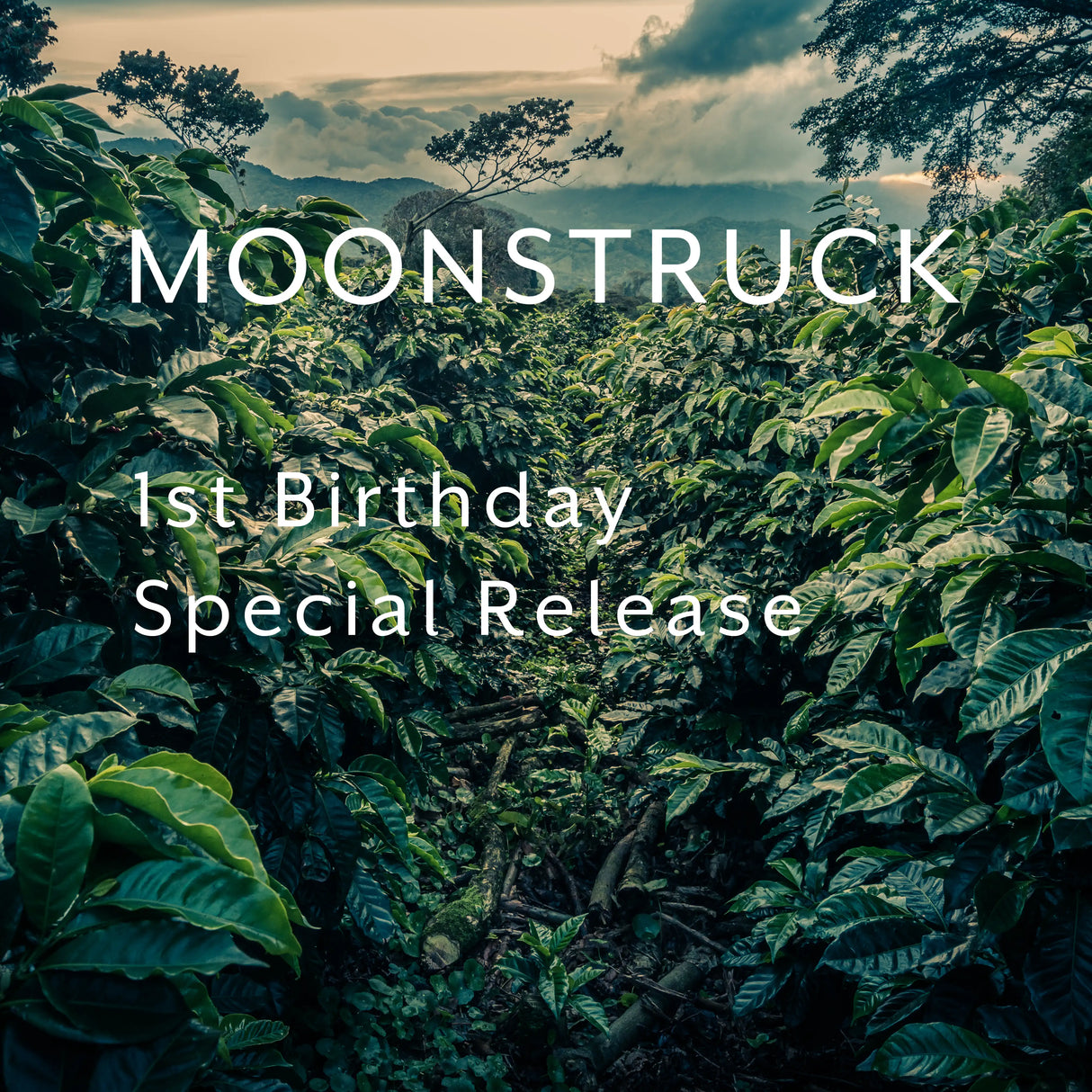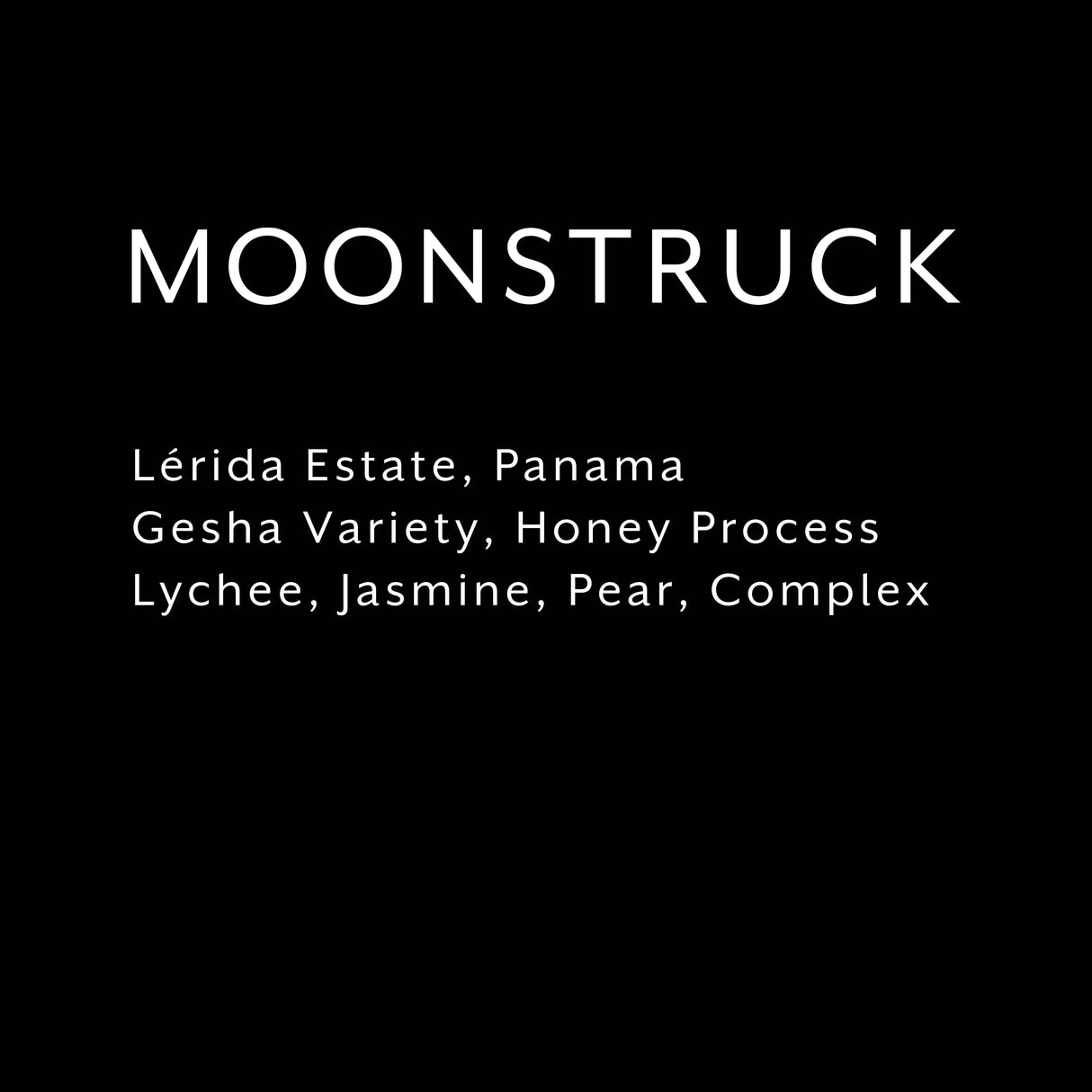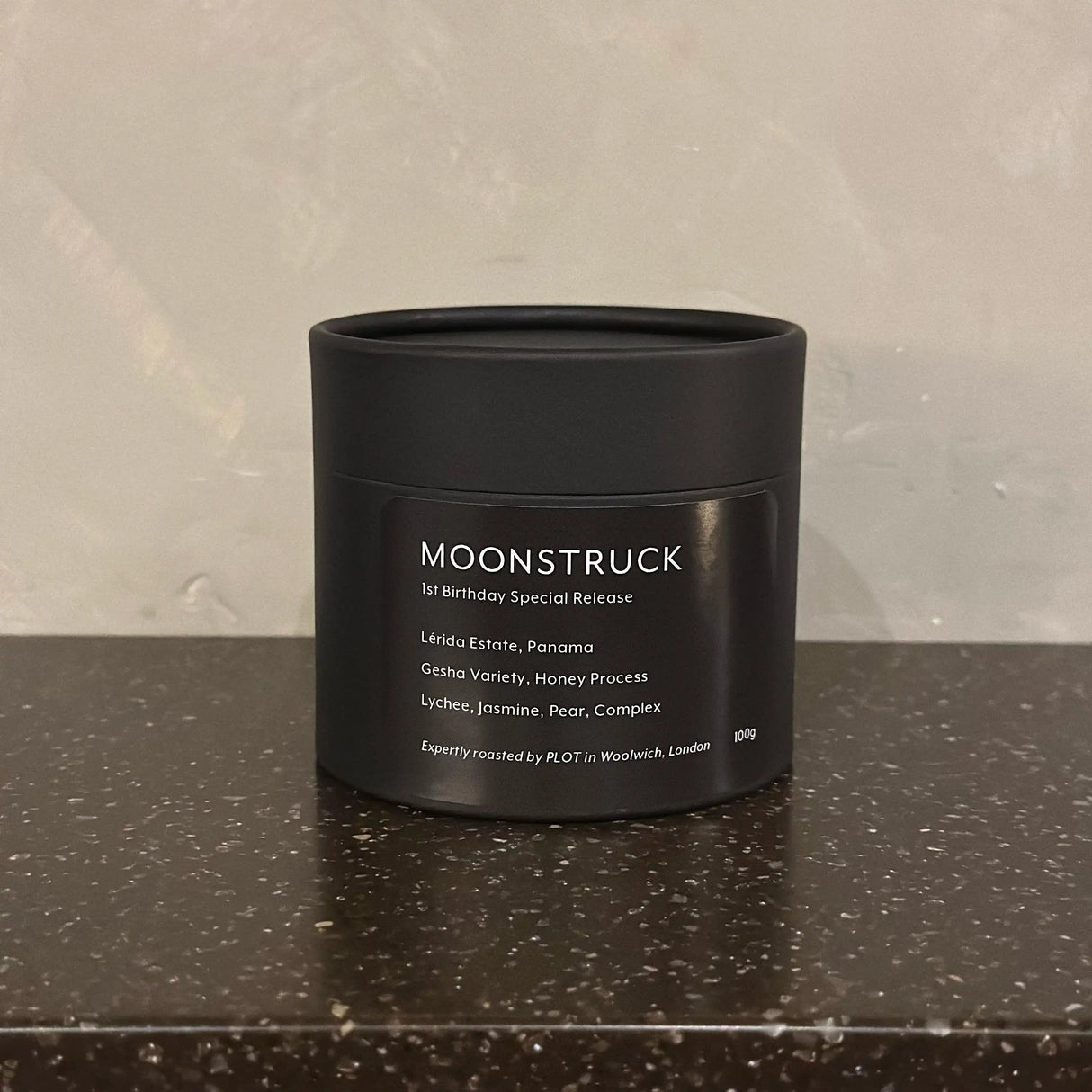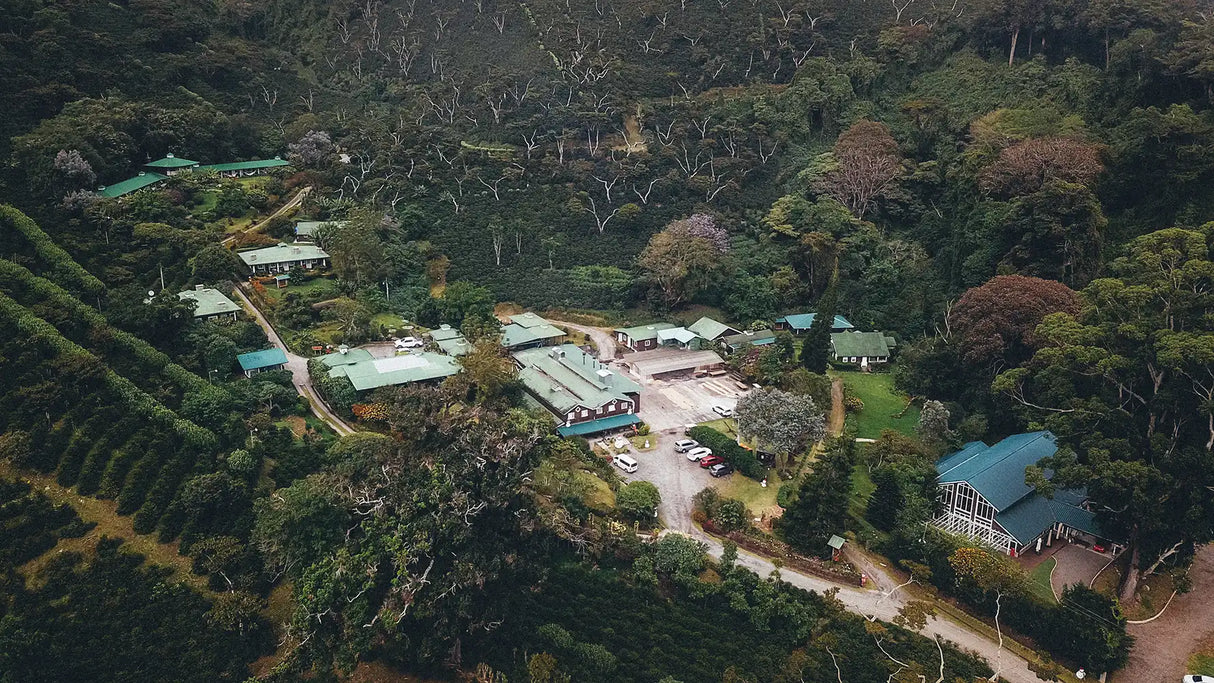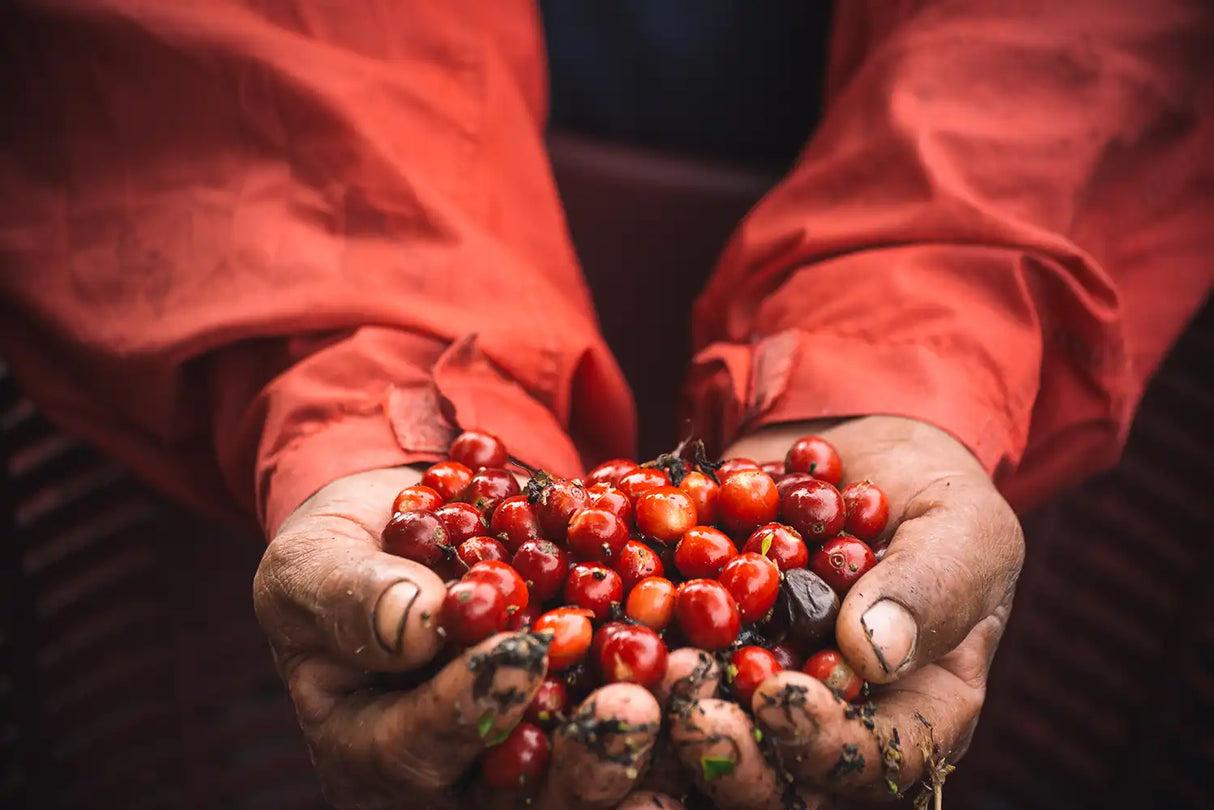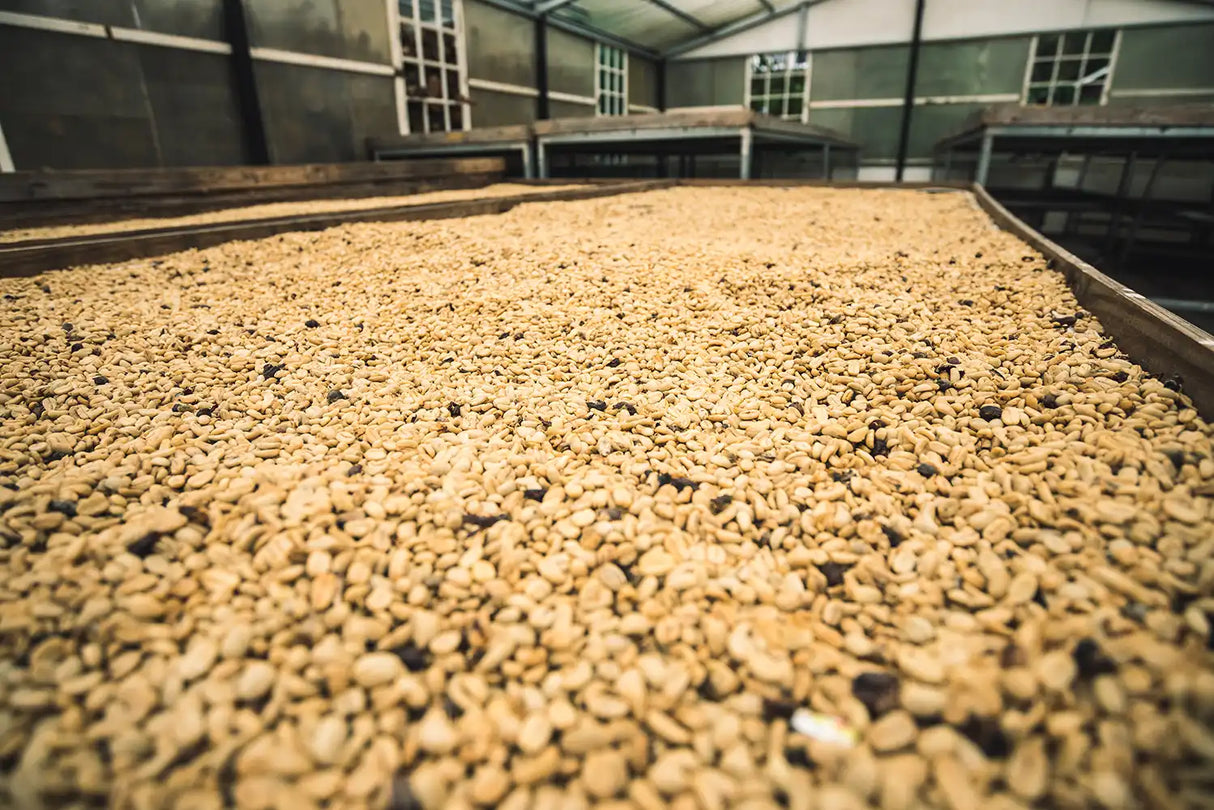MOONSTRUCK, Lérida Honey Gesha
£30.00
Unit price
/
Unavailable
MOONSTRUCK, Lérida Honey Gesha - 100g is backordered and will ship as soon as it is back in stock.
Lot Info
Lot Info
Producer
Producer
Cultivar
Cultivar
Process
Process
Traceability
Traceability
| PRODUCER | Finca Lérida |
| LOCATION | Alto Quiel, Bajo Boquete, Panamá |
| ELEVATION | 1,750 masl |
| CULTIVAR | Gesha |
| PREPARATION | Honey |
| HARVEST | February 2024 |
| ARRIVED | January 2025 |
| IMPORTING PARTNER |
Yun Dian Coffee Bean Co |

